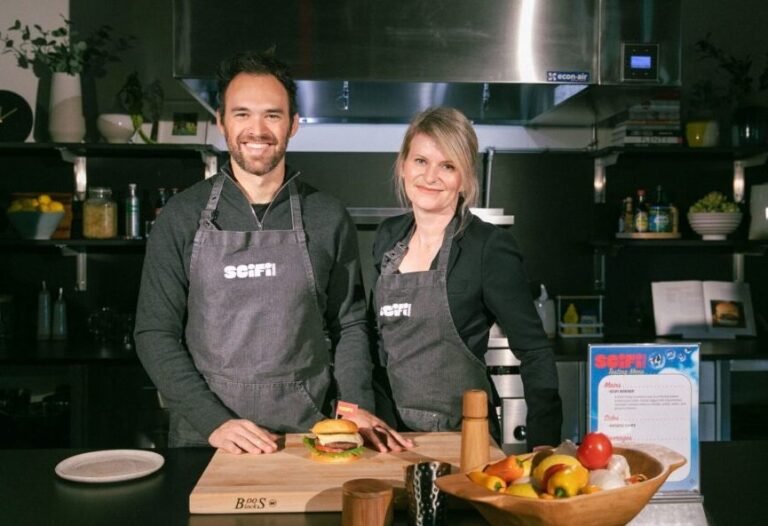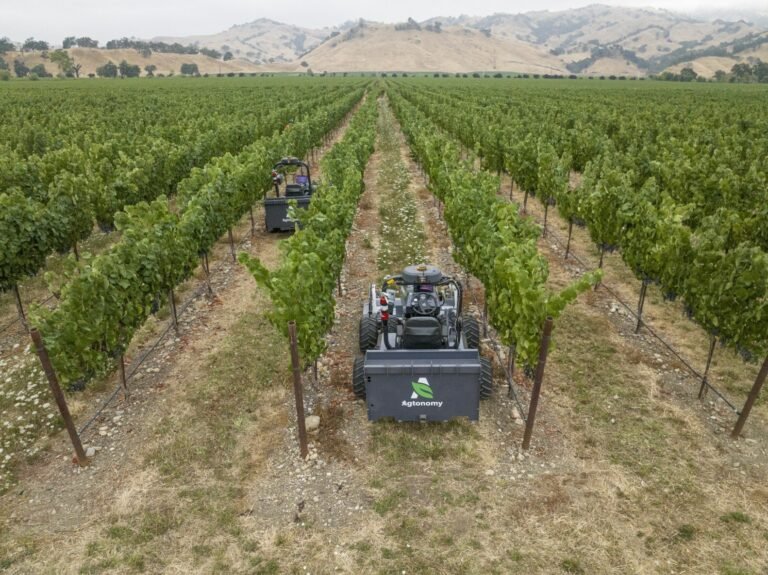As insect resistance to traditional pest control increases globally, so too does the search for alternative crop protection options. Pheromone-based products have received more attention in recent years as natural solutions with strong efficacy and shelf life.
In fact, all of the major agrochemical companies are now looking to add pheromones to their product portfolios, says Pedro S.L. Coelho, cofounder of California-based crop protection company Provivi.
“These products are very differentiated, very degradable, and easy to use, and they’re also very affordable,” he tells AgFunderNews.
Such factors have allowed Provivi to significantly expand its reach via a partnership strategy with the majors over the last few years.
In 2025, the company announced five such partnerships in different parts of the world: UPL Corp in Mexico, AgNova in Australia, Koppert do Brasil for corn and soybeans in Brazil, Andermatt Group in East Africa, and Susbin in Argentina.
These partnerships follow those started in previous years with Syngenta for rice pests in Indonesia, solutions for the Yellow Stem Borer in India and Indonesia, and the fall armyworm in Thailand. Provivi is also working with Godrej Agrovet to commercialize solutions in India.
“We’re beginning to enter that flywheel effect now, where we are already known by these partners,” explains Coelho. “We’re trusted, and now they want to do more and more business with us. So it’s a good moment for us as a company.”
Provivi says it now holds 21 government registrations across seven countries and five continents. Its pheromone-based solutions have been validated through over 880 internal trials and more than 90 partner-run studies.
‘An entirely new mode of action’
Provivi makes pesticide alternatives based on insect pheromones, the naturally occurring compounds animals secrete to find mating partners, among other things. The company leverages these pheromones to enable “mating disruption.”
Male insects typically detect a single female “voice.” Saturating a field with pheromones, which can be synthesized artificially, confuses the males, halting reproduction. Repeating this over seasons diminishes the pest population.
Because of the high cost of synthesizing female pheromones, this approach has historically been limited to high-value specialty crops that require significantly less acreage—and therefore inputs—compared to low-cost broadacre crops such as corn and soybeans.
Based on work by Nobel Laureate and Provivi cofounder Francis Arnott, the company has been able to bring down this cost and make pheromone-based protection a viable option for row crops, says CEO Corey Huck.
“It’s a new tool,” he tells AgFunderNews.
More important, “This is an entirely new mode of action. You’re bringing something entirely different that will do many things, one of which is elongating the effectiveness of current insecticides in the existing portfolio of these partners.”
As part of a major agrochemical company’s portfolio, he adds, pheromone-based solutions check a few boxes. They fall into the biologicals class, which many of the majors are keen to add to their roster. And according to Huck, these products are very efficacious and keep a long shelf life.
A platform approach to biologicals
According to Huck, one of the big benefits of pursuing a partnership strategy is leveraging sales and marketing capabilities already built up by the major companies.
“From a partner perspective, it starts with a very specific need, and then it leads into something much bigger and broader,” he adds. “More geography, broader perspectives in terms of different formulations and different insect specific targets.”
Coelho says these companies already recognize that they want pheromones in their portfolio. Depending on each company’s strategy, they may have different preferences for crop and pest type: Like vineyards versus corn versus rice versus tomato, etc.
For the majors, it is frequently easier and more cost effective to partner with a company rather than try and create the solutions in house.
“There is a lot of complex chemistry there,” says Coelho. Pheromones have to be made active ingredients, able to be produced at scale and formulated to survive for a significant time after application.
“What is nice about our technology is that it’s a platform for making many different pheromones.”
The post Provivi sees major expansion of pheromone-based crop protection via corporate partnerships appeared first on AgFunderNews.






